As someone who went to the drive-in many times during the pandemic when movie theaters were either closed or potentially unsafe, I was the target audience for Back to the Drive-In, writer-director April Wright’s loving tribute to the many family-owned drive-ins that found booming business in the year or so when people had no other option for the theatrical experience, but then found themselves struggling as so many other businesses have in the last couple years. Wright’s no stranger to this subject, having already released Going Attractions: The Definitive Story of the American Drive-In Movie in 2013, and the film doesn’t hide its agenda, ending with a plea to Support Your Local Drive-In.
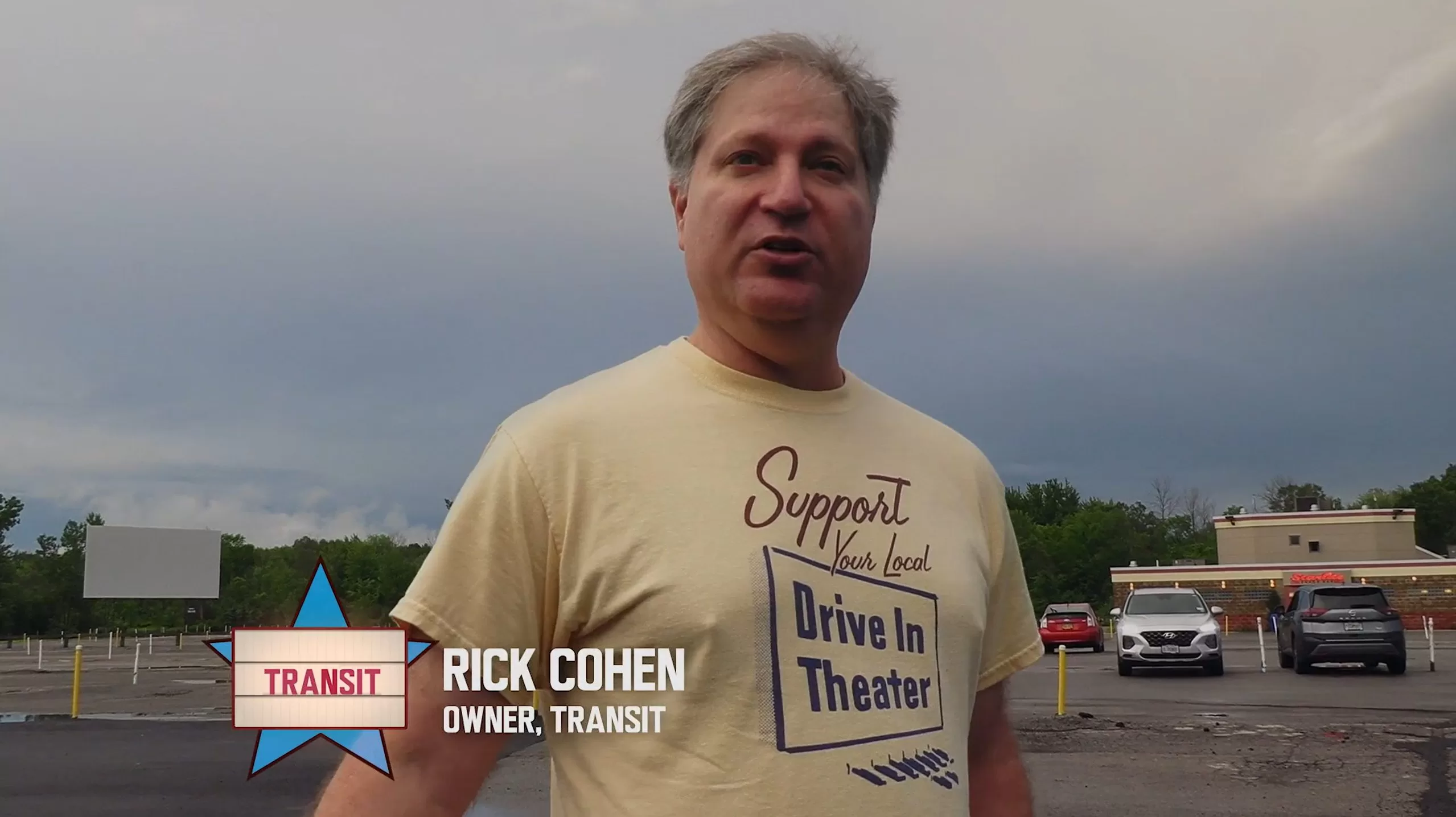
It takes nearly half an hour to introduce all eleven (!!!) drive-ins Wright highlights in this documentary, but even though the established thesis in the beginning is that they are all different but share similar struggles, Wright—who also acts as cinematographer and editor—doesn’t structure her film around these struggles, specifically bringing these disparate drive-ins together in solidarity. Rather, she continues to hop from drive-in to drive-in—thankfully bringing up the onscreen graphic for the location and identifying the owners every time because it’s hard to keep track of eleven (!!!) different stories—as we progress from day to night. It took a while for that structure to become clear to me, and while I did find it frustratingly unfocused with regards to delivering information or messaging, the gradual build-up to actually getting to see a bunch of people watching movies at all these drive-ins made it immensely satisfying, as even though Wright filmed on eleven separate days, editing the movie to make it feel like it’s all happening on the same day and we’re watching all of these people across the country seeing movies at the same time does make for movie magic. Despite that, on a macro level, this 105-minute film feels loooooooooong because there’s no real flow from segment to segment, and the constant fades to black exacerbate the disjointed nature.
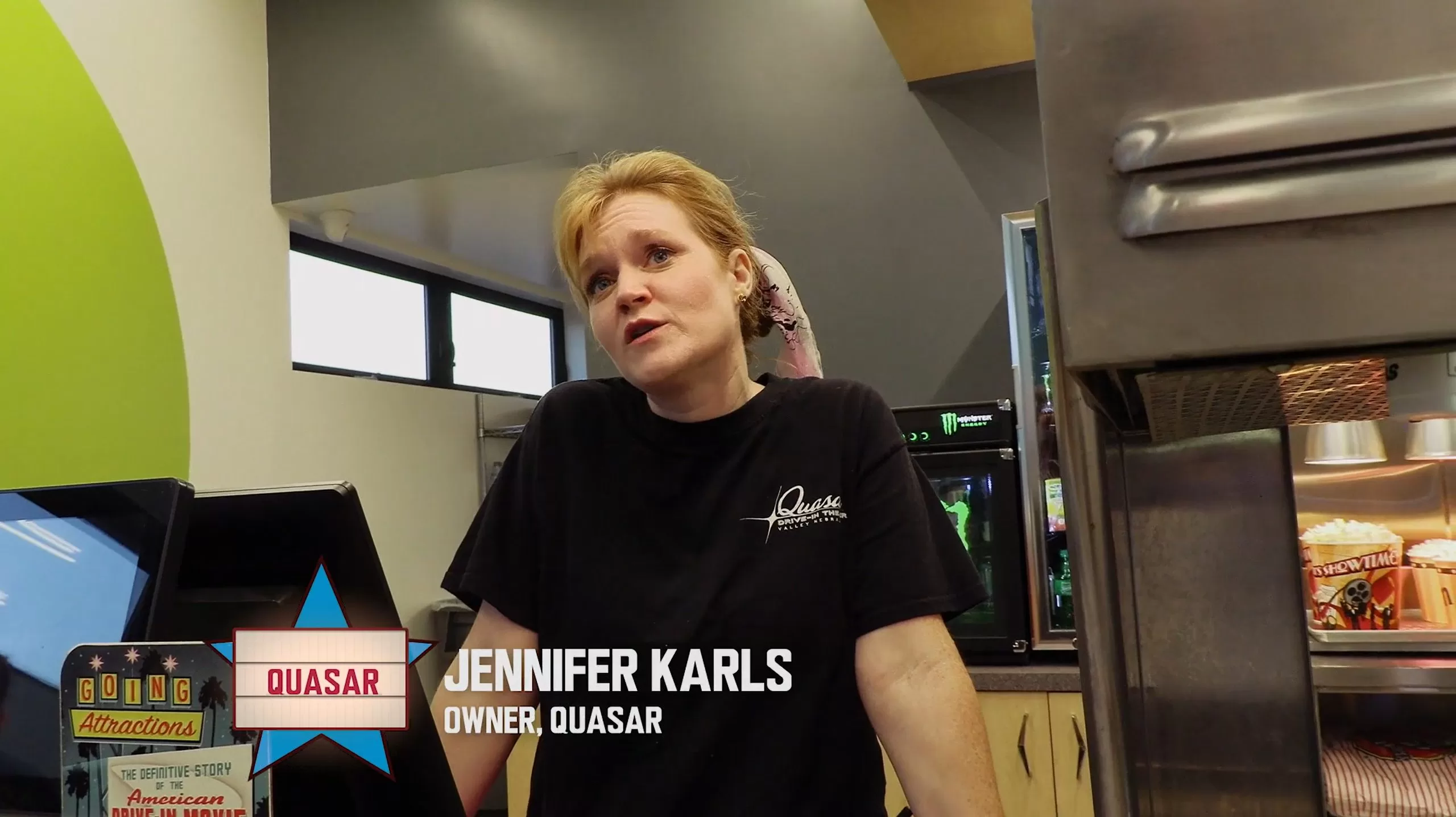
Which is a shame because on a micro level, it’s quite charming and enjoyable! I would watch a whole proper documentary about any of these drive-ins because Wright’s identified so many fascinating families, whether they’re people who have inherited a long-running drive-in, renovated an old drive-in, or built their own new drive-in. One guy built a drive-in IN HIS BACKYARD. One guy BOUGHT A BUNCH OF SEGWAYS WHEN HE SHOWED PAUL BLART: MALL COP 2 AND COSPLAYED AS PAUL BLART. One lady TOOK PICTURES OF FIFTY DRIVE-INS ACROSS THE COUNTRY SO SHE COULD DESIGN THEIRS THE BEST WAY POSSIBLE.
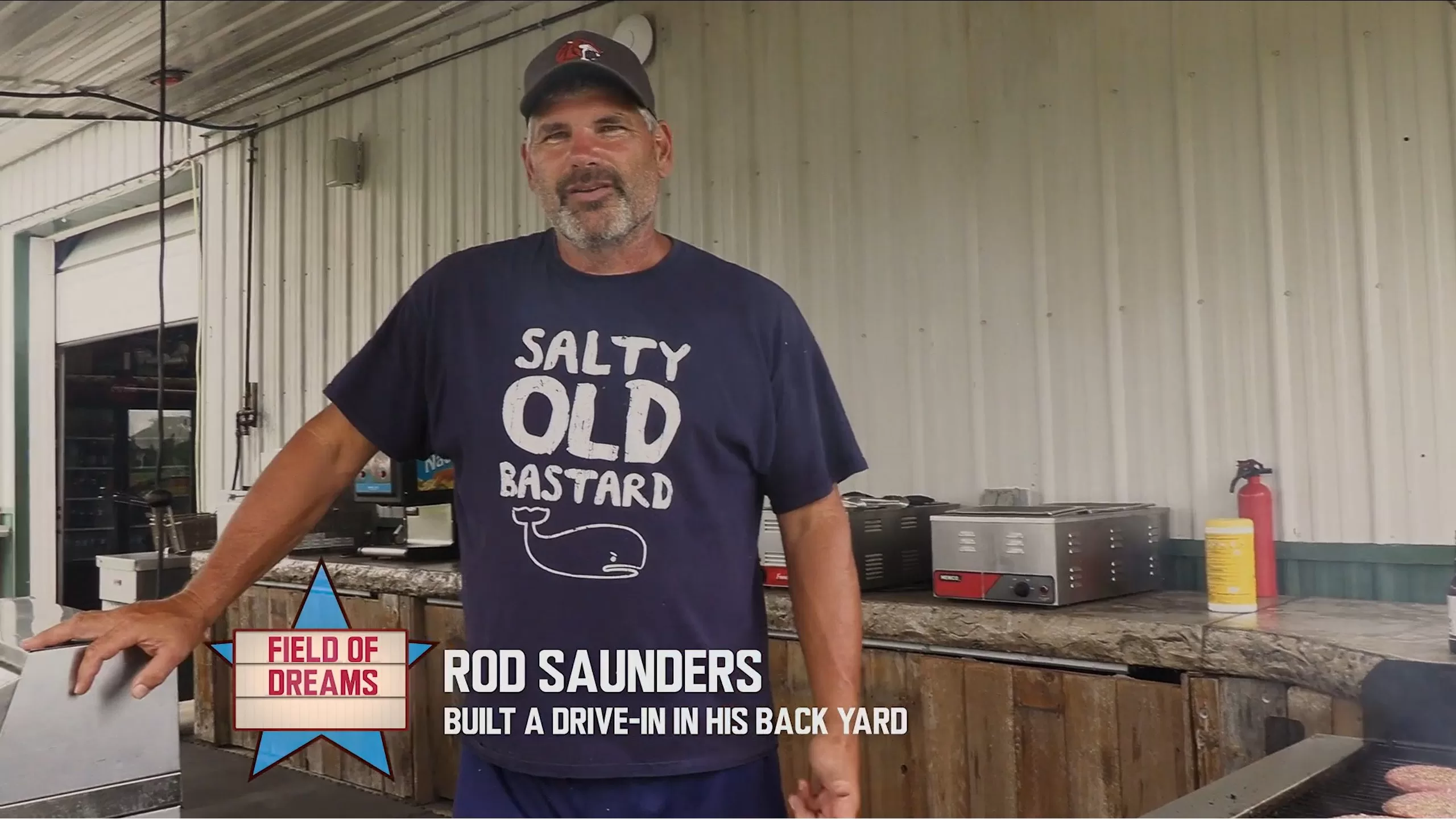
A few locations have some continuity to provide some sense of narrative, like the drive-in that’s hosting a couple bands as an experiment—which, sadly, we don’t get to see—and the drive-in that’s worried about the fog rolling in. Amusingly, the owner of that Cape Cod location calls fog “the F-word” that no one’s allowed to say and has hope that Space Jam: A New Legacy will be bright and colorful enough to withstand it if it does come. Mostly, however, it’s all about the little things with this movie, like getting a look at the projector, hearing about what goes into concessions choices, listening to these drive-in proprietors reminisce about their own experiences at drive-ins. One of them now runs the very drive-in he went to growing up!
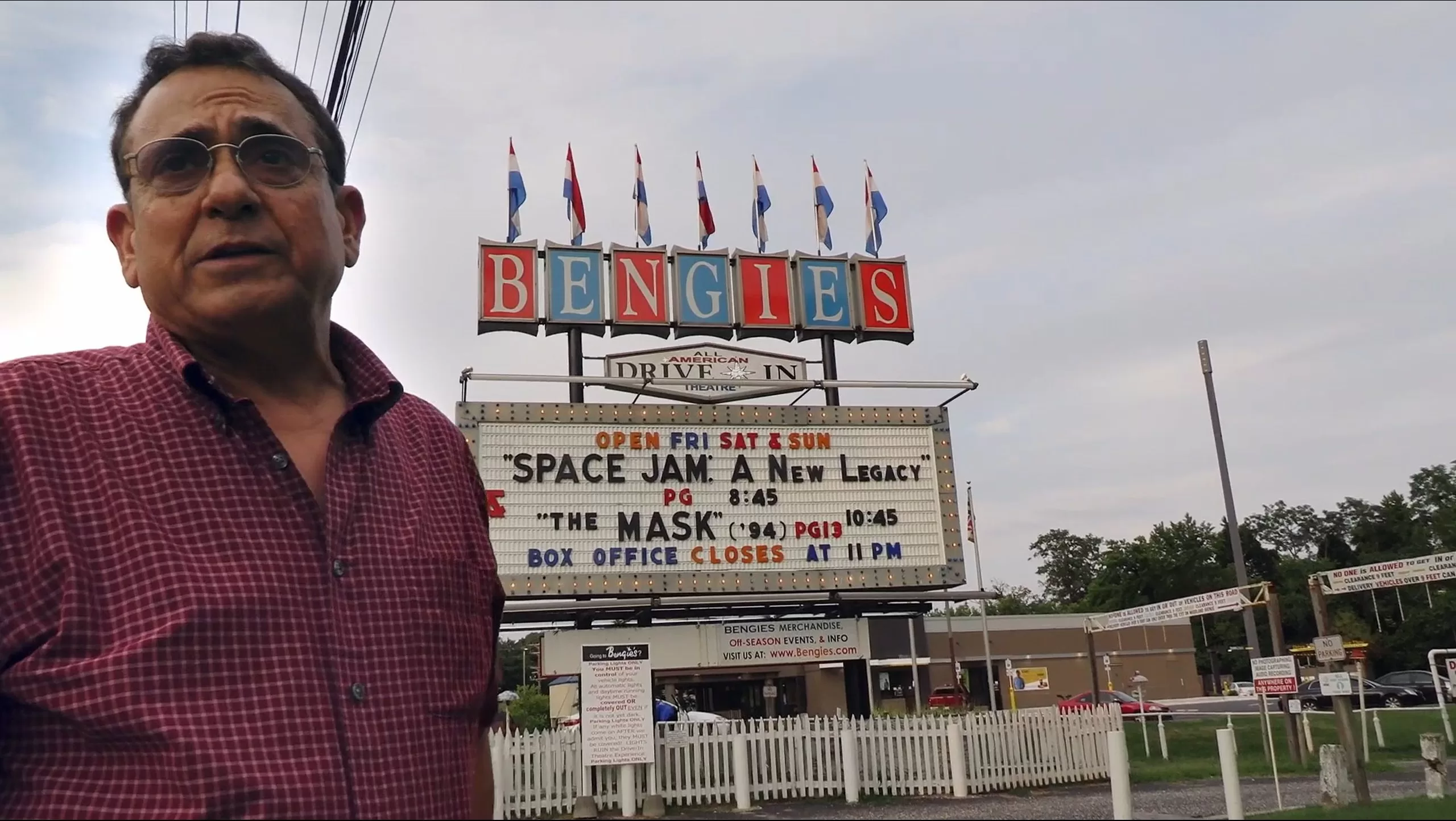
It’s not all nostalgia and love for this unique theatrical experience and the sense of community, however. Supply chain issues, staffing difficulties, aggressive customers, and other pitfalls get mentioned, and although Wright doesn’t specifically group these discussions together, the fact that multiple people mention them does stand out.
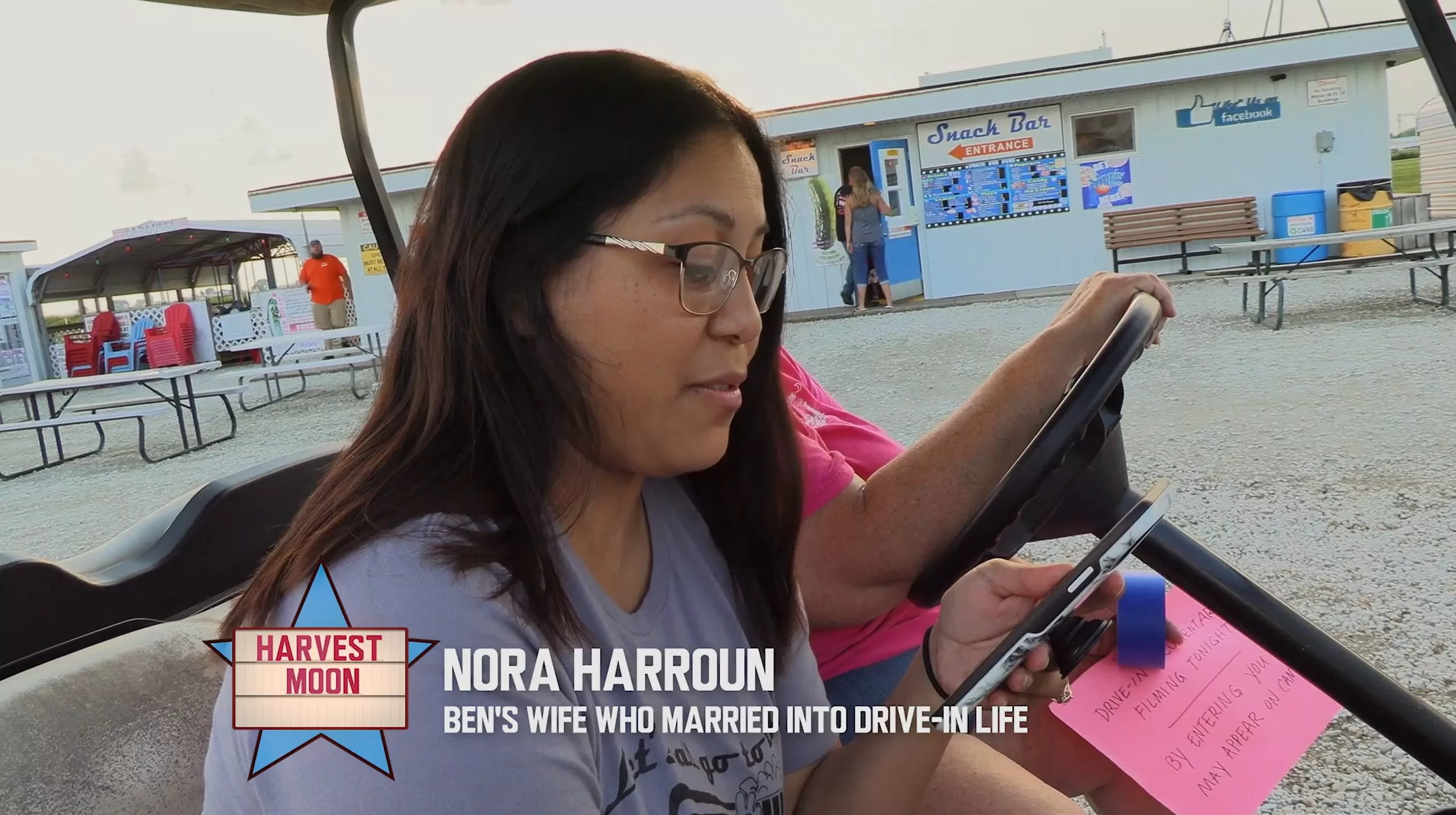
Throughout the film, I found myself wanting to see more or hear more about things the owners were bringing up, and I understand that there must have been many limitations that kept it from being as in-depth and impactful as it could be given the very low budget. While it’s shot on 4K, it’s cinéma vérité 4K, so as the natural light decreases over the course of the film, the high resolution remains but the visual quality of the film declines. And the ambient sound can be distracting, especially in places with high wind. Wright was particularly excited about the use of drones for her second drive-in doc, and the drone shots are definitely some of the more beautiful images in the film, as they allow you to see the full scope of these massive spaces and giant screens.
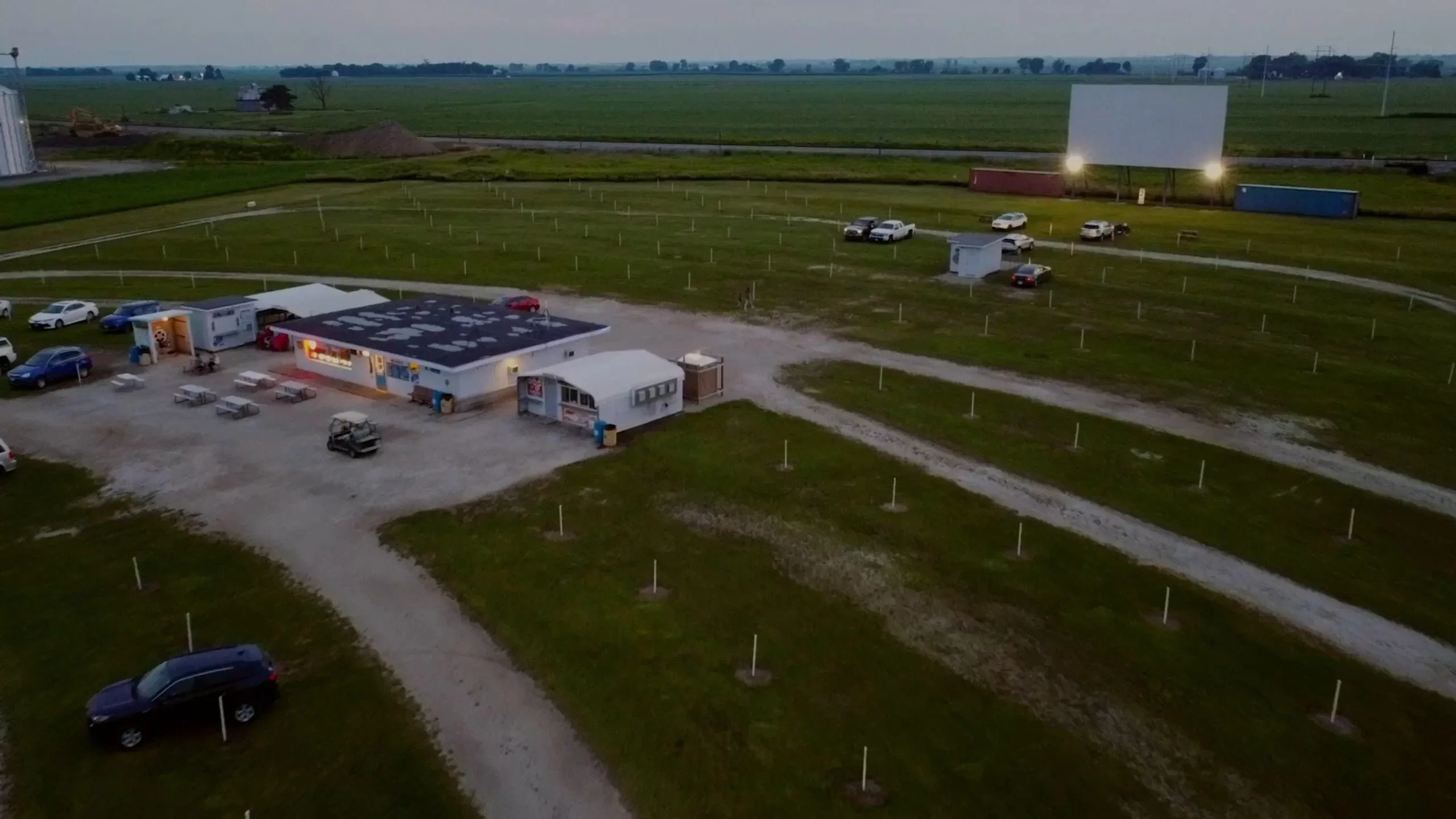
I wish the film had more interviews with fans and patrons explaining why they loved coming to the drive-in. I wish the film had more discussion of what the drive-in experience offers that a traditional indoor theater experience doesn’t. I wish the film had more to say beyond what it literally says in the text at the very beginning. But there’s no question this film is a labor of love about a labor of love, and I enjoyed hanging out at eleven (!!!) different drive-ins for a while and getting to know the lovely people keeping them running.
